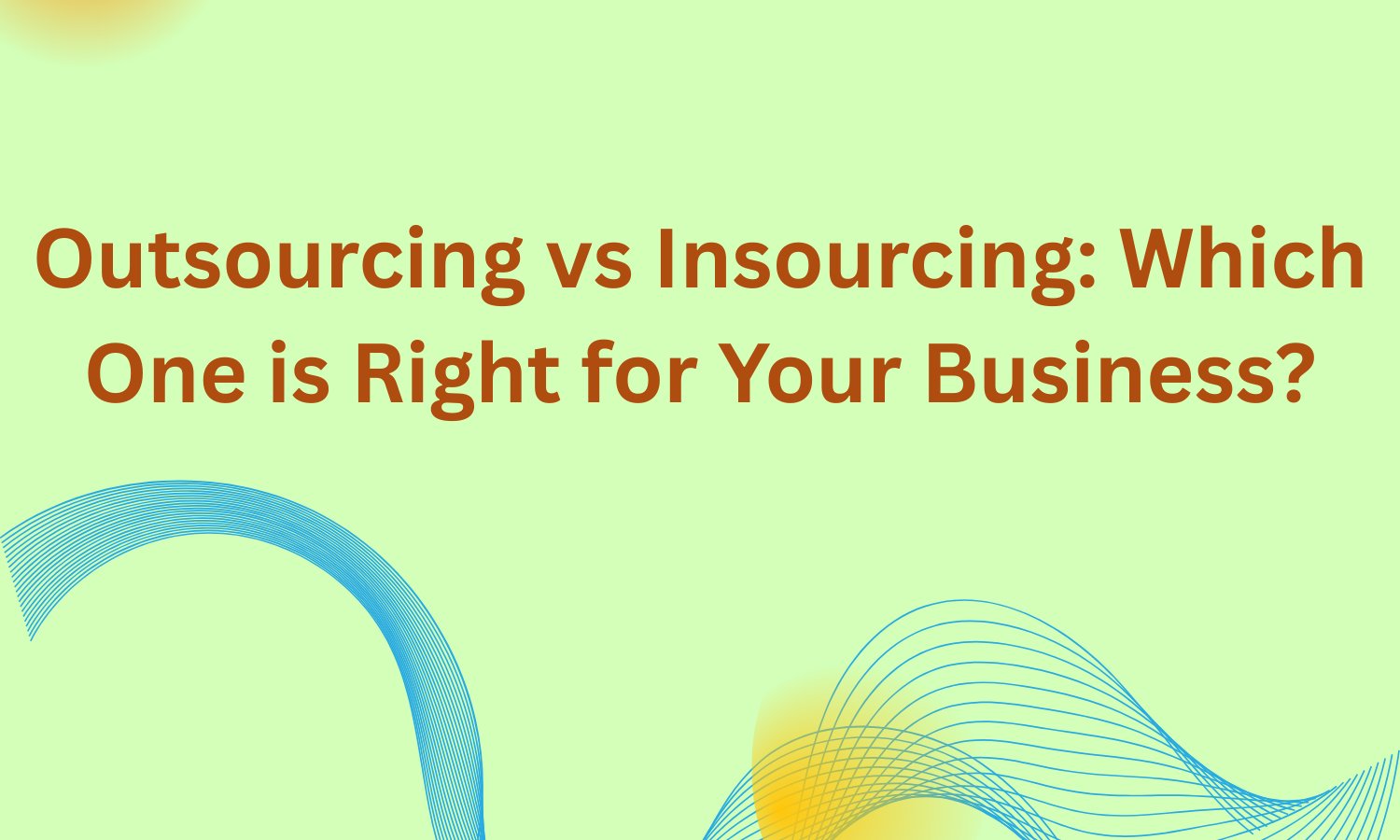By JoeVu, at: 2023年4月17日19:48
Estimated Reading Time: __READING_TIME__ minutes


By JoeVu, at: 2023年4月17日19:48
Estimated Reading Time: __READING_TIME__ minutes


